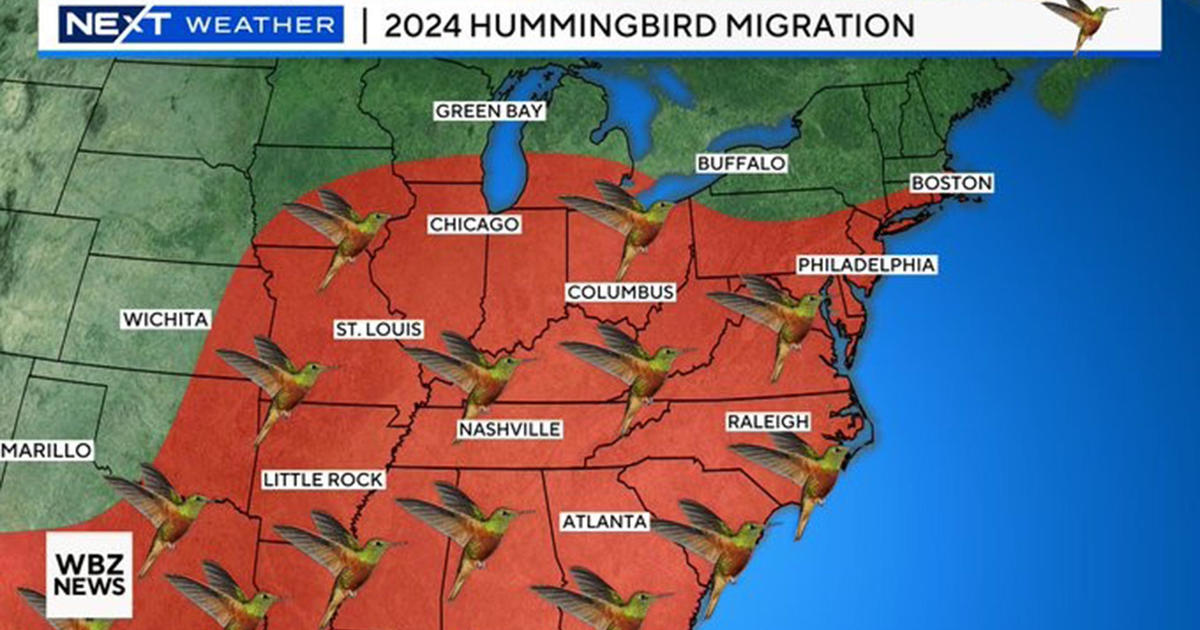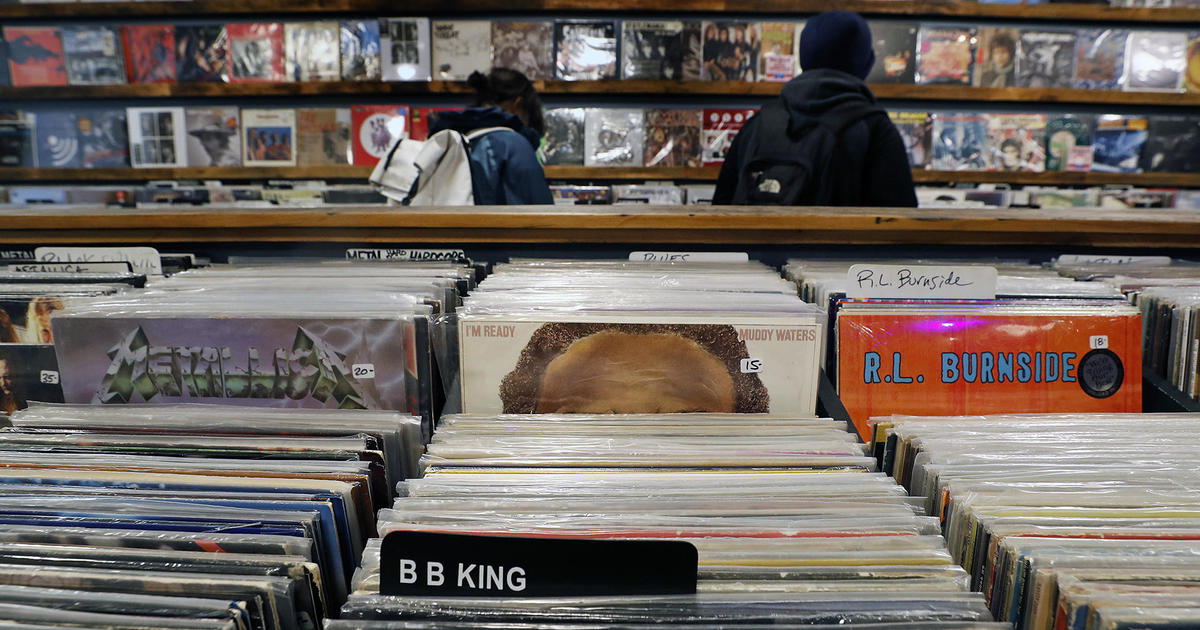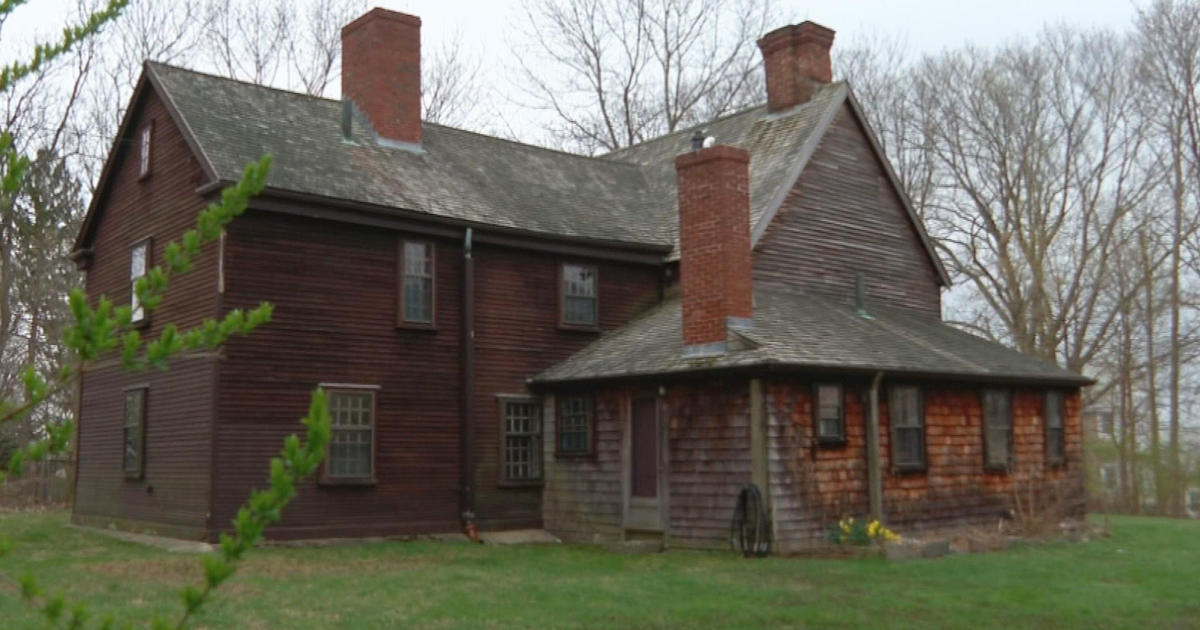Storm To Bring 6-12 Inches Of Snow To Southern New England Thursday, Friday
BOSTON (CBS) - Yes it's still coming. Our first true Nor'easter of the season appears to be on its way for later this week, but some good news as it appears we may skip a worst-case scenario.
First thing's first, the cold.
Check: Current Conditions | Interactive Radar | WBZ Weather Blog
If you stepped outside already you noticed it, and unfortunately it's here to stay for awhile. Highs will struggle to reach the mid-twenties Tuesday and for First Night festivities expect temperatures to drop into the upper teens with winds making it feel like the single digits.
The first day of 2014 will be even colder, as many suburbs north and west of Boston will stay in the teens all day long.
One thing's for sure, there will be no precipitation type issues with this upcoming storm, it will be all snow, that's a no-brainer.
We were saying Monday that the biggest wild card with the upcoming storm for Thursday and Friday would be the ultimate track and its proximity to our coastline.
Well, as of right now, most signs are pointing to a track a little farther AWAY from our coast - certainly not far enough away for a complete miss, but perhaps just far enough to avoid any major coastal flooding and any type of historic snow event.
Here's how I see it unfolding inch-by-inch, step-by-step.
TIMELINE
The flakes may begin to fly as early as late Wednesday night. However, any snow that falls before dawn and during Thursday morning would be fairly light. There may be a dusting to an inch or two in spots by the Thursday morning commute, but I suspect most schools will stay in session and the snow will be more of a nuisance than anything else.
During Thursday afternoon, it should be snowing just about everywhere at a steady, moderate clip. I would expect about 2-to-4 inches on average by the Thursday evening commute.
The peak of this event will be roughly from the Thursday evening commute through the Friday morning commute - this is when most of our snow accumulation will occur.
The winds will begin to crank out of the east-northeast Thursday night, gusting from 25-to-50 miles per hour especially along the coastline.
The good news here is that with the expected track to be a bit farther offshore, the coastal flooding should stay at a minor to moderate level. With tides being astronomically high during this storm, some splash over and pockets of flooding are almost inevitable.
Here is a list of high tide times in Boston Harbor and the expected impact:
Thursday 11:21 a.m:
Minor coastal flooding-splash over expected as the storm just starts and winds have not yet reached their peak.
Friday 12:00 a.m:
Minor to moderate flooding-splash over expected with the storm at its peak. Winds will be 25-to-50 mph and the tide will be of greatest concern.
Friday 12:14 p.m:
Minor coastal flooding-splash over expected as the winds shift from northeast to north, pushing water back out to sea as the storm ends.
By mid-morning on Friday the snow will taper from west to east and the cleanup can begin.
ACCUMULATION
So how much snow are we talking?
Due to the extreme cold that will be in place, with temperatures in the teens in many locations during this event , there will be a definite "fluff factor" to consider.
In fact, the snow will be so light and fluffy that it may be able to accumulate twice as readily as it would in a so-called "normal" snow event.
At this point we're expecting an average of 6-to-12 inches of snow accumulation for all of southern New England.
If a heavy band sets up somewhere there could be a bit more. If any "snow holes" appear, there could be a bit less. You get the idea.
I do think that as 6-to-12 inch snow storms go, this one should be relatively easy for most to take and I say that for a few reasons.
First, as I said, it will be extremely light and fluffy and easy to move.
Second, the storm is not coming all at once. Six-to-12 inches over nearly 36 hours should allow plenty of time for crews to keep up with this one .
What could go wrong?
Well as of this writing, the energy for this storm is just entering British Columbia, along the Pacific coastline about 3,000 miles away.
So plenty could change during the trek across the country.
Our biggest concern remains the ultimate track of this storm and its distance from our shoreline.
There is still room for it to track even farther out to sea, thereby further reducing the impacts on our coastline and limiting the snow amount.
Similarly, a slightly closer track to our coast could mean more significant coastal flooding and snow totals going a bit higher.
Again, I would urge you to pay close attention to forecast updates over the next 24-to-48 hours.
Follow Terry on Twitter @TerryWBZ
Watch Barry Burbank's Forecast



